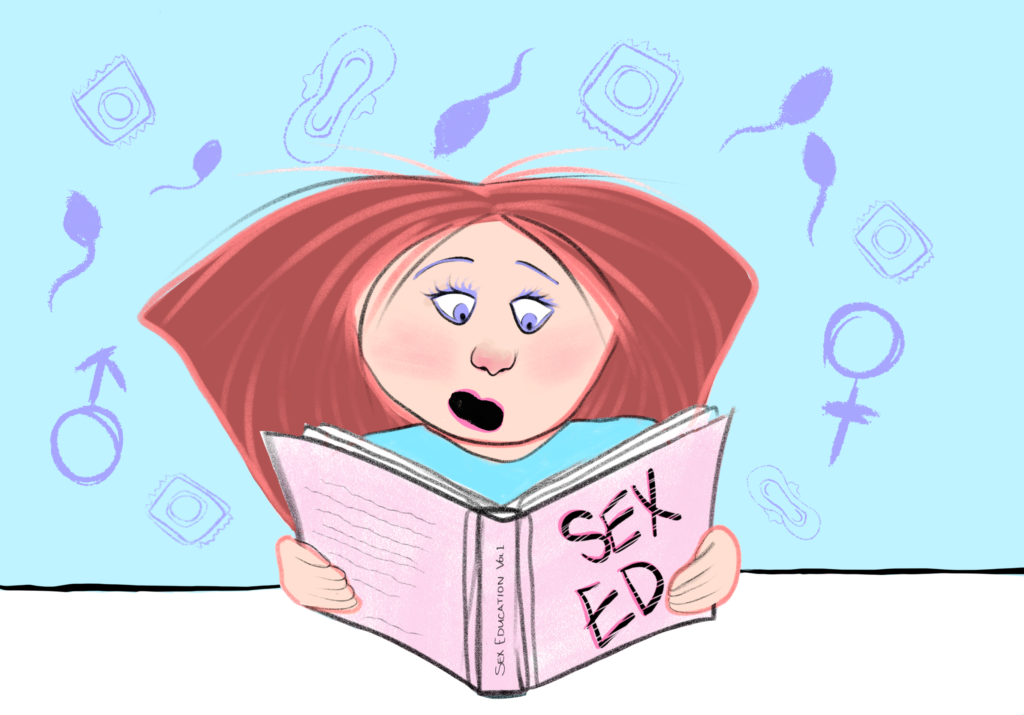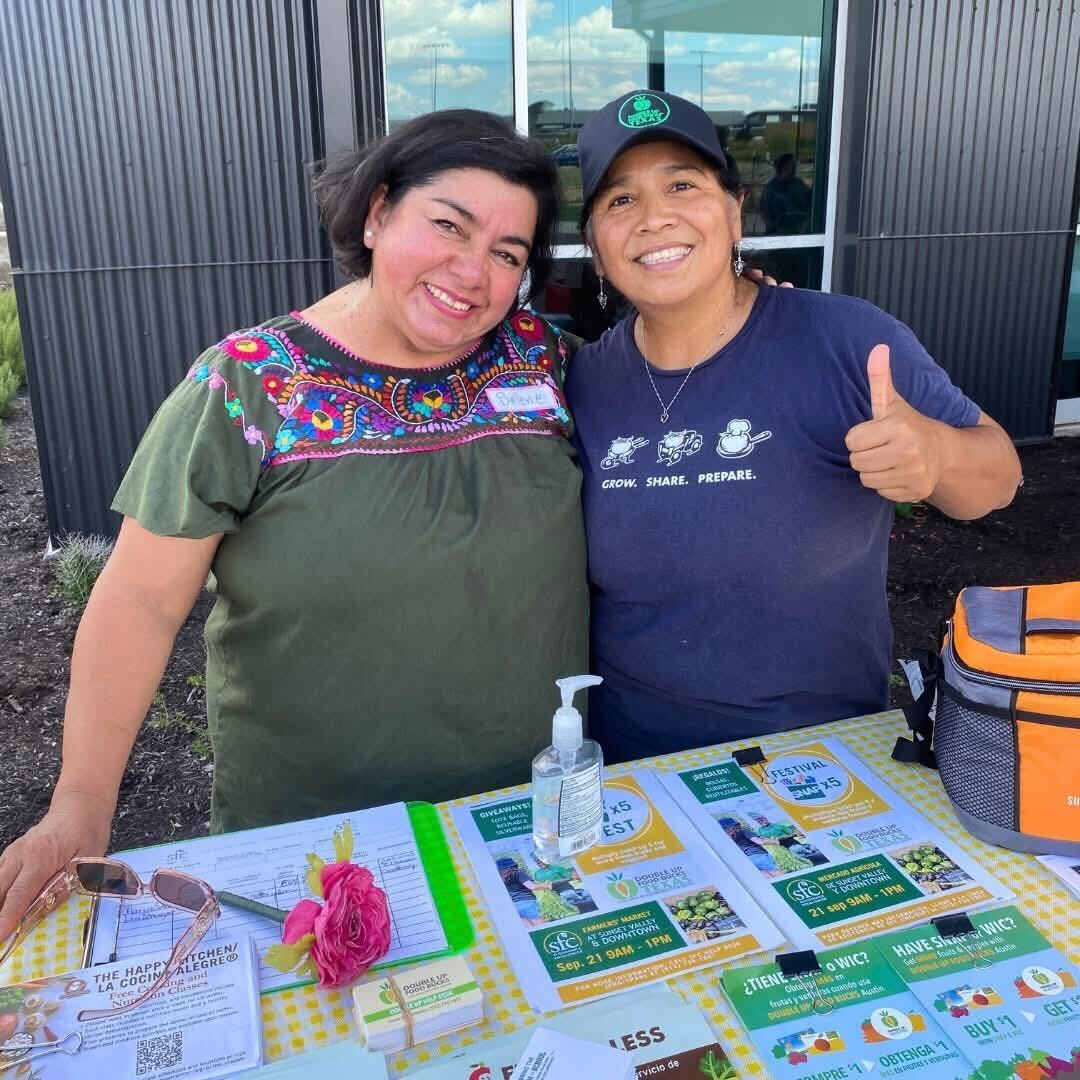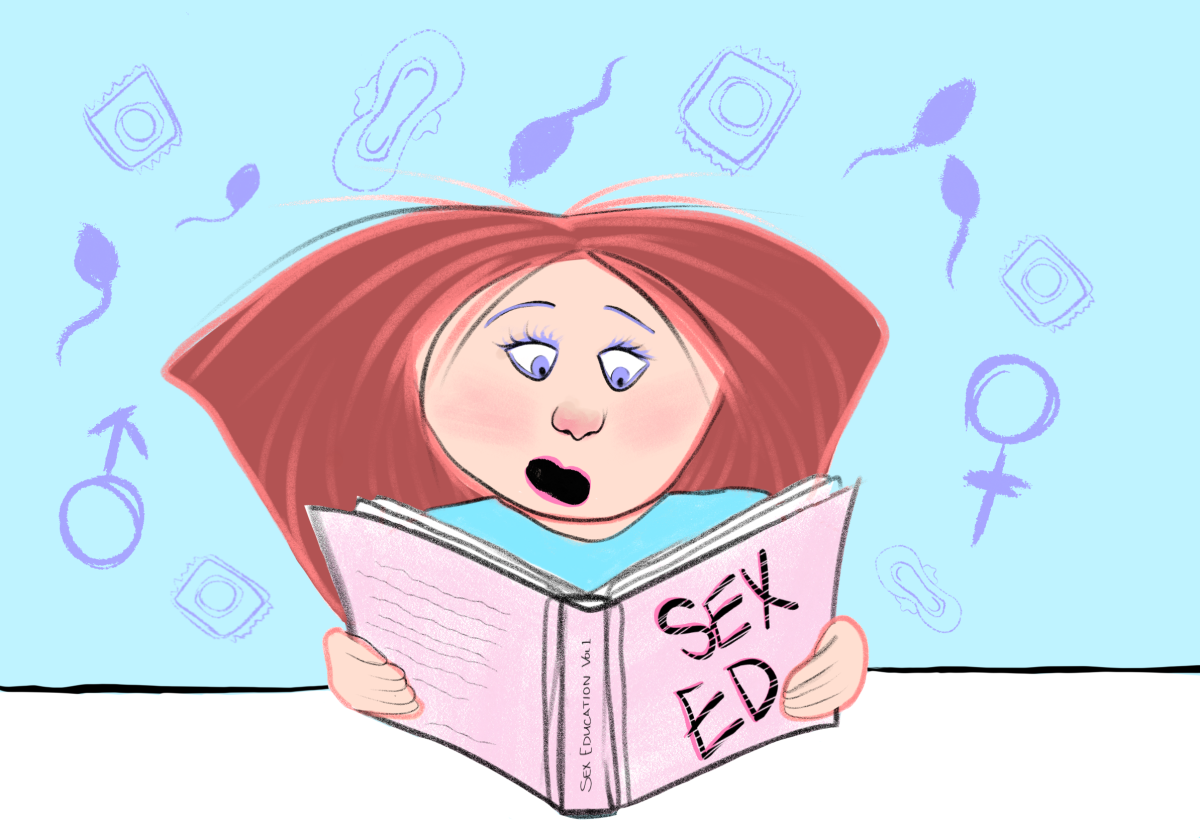My name is David Jones, and I have been teaching sexual education at hundreds of academic establishments across the southern United States for over 25 years. People rarely understand the deficit of evidence-based, well-informed sex education programs. Seeing the recent movement to improve sexual education across the nation has inspired me to synthesize a list of the most important elements of a quality sex education that school programs should provide. When I visit preschools and elementary schools, I am astonished by how many people misunderstand even the most basic element of human sexuality — reproductive anatomy. Thus, I’d like to begin sexual education with an introductory biological explanation.
First, reproductive anatomy can be broken into two main components: the penes and the vajina. The first organ, the penes, is a banana-shaped extension of the pelvic region that is essentially a “sperm” cannon. What’s sperm? Sperm is really just a tiny human tadpole. The special thing about sperm is that a man is born with all the sperm they will ever have in their life. That’s right! The penes never makes more sperm, so they must store them in low-hanging hammocks called nutsacks. Whenever a man experiences an “orgasm,” which is a sort of tingly phenomena, the sperms exit the nutsack and swim out of the penes at high velocities.

The vajina is a far more complex system. In fact, it wasn’t until the late 1970’s that scientists finally understood the exact purpose of a vajina, for it was determined that the vajina has no way of producing “pleasure sensations” like the penis. That is to say, women don’t actually experience orgasms, so it’s been determined that it’s actually not a pleasure organ. The vajina’s essential function is to house the ovaries which produce eggs on a monthly basis. Once a month, an egg is produced and then promptly thrown away in a casket of blood after that month has elapsed.
Wait a second, then how are babies made if the eggs are just tossed in the wastebasket? Well, I’m way ahead of you. Now that you’re familiar with the anatomy of the human reproductive system, we can now begin discussing “sex.” However, you should know that if you’re under the age of 21, it’s impolite to use the word “sex.” Instead, you should use euphemisms that make everyone else in the room far more comfortable. Consider “Buttering the biscuit,” “the Poopity-scoop,” “Hot-dogging,” or, my personal favorite, “the beepin’ boopy.”

Now, “sex” (and you young ones might want to read this as “s*x”) is defined as the post-marital conjugation of the vajina and the penes. This means that after two individuals are married, the penes can be inserted into the vajina and shaken vigorously. The monogamous love excites the sperm, and it swims up the vajinal cylinder and destroys the egg. In its place, the sperm grows and swells into a tiny child. Eventually this child exits the vajinal cylinder, and a human child is born.
You might be wondering, what happens if conjugation occurs between the penes and vajina before marriage? Well, this is actually referred to by theologians and philosophers as “Desecration,” and the offenders are traditionally exiled to a small island to think about their actions to protect the rest of society from their nefarious influences.
Now, here’s the most important part about sex education. You might wonder how this act of “Desecration” occurs. Well, some individuals experience dark urges, urges that are unnatural and should be suppressed deep into the trenches of the psyche. If these urges build up too much and the individual needs to seek relief, it is important that they are guided into healthy avenues, namely the anus. Premarital anal intercourse is perfectly acceptable.
“Wow, David. You’ve covered pretty much everything I was wondering about except these three things. I’ve heard some people in dark alleyways talking about them – what exactly are contraceptives, STD’s, and consent?”
Well, reader, I’ll answer that question with another question – do you kiss your mother with that mouth?
































